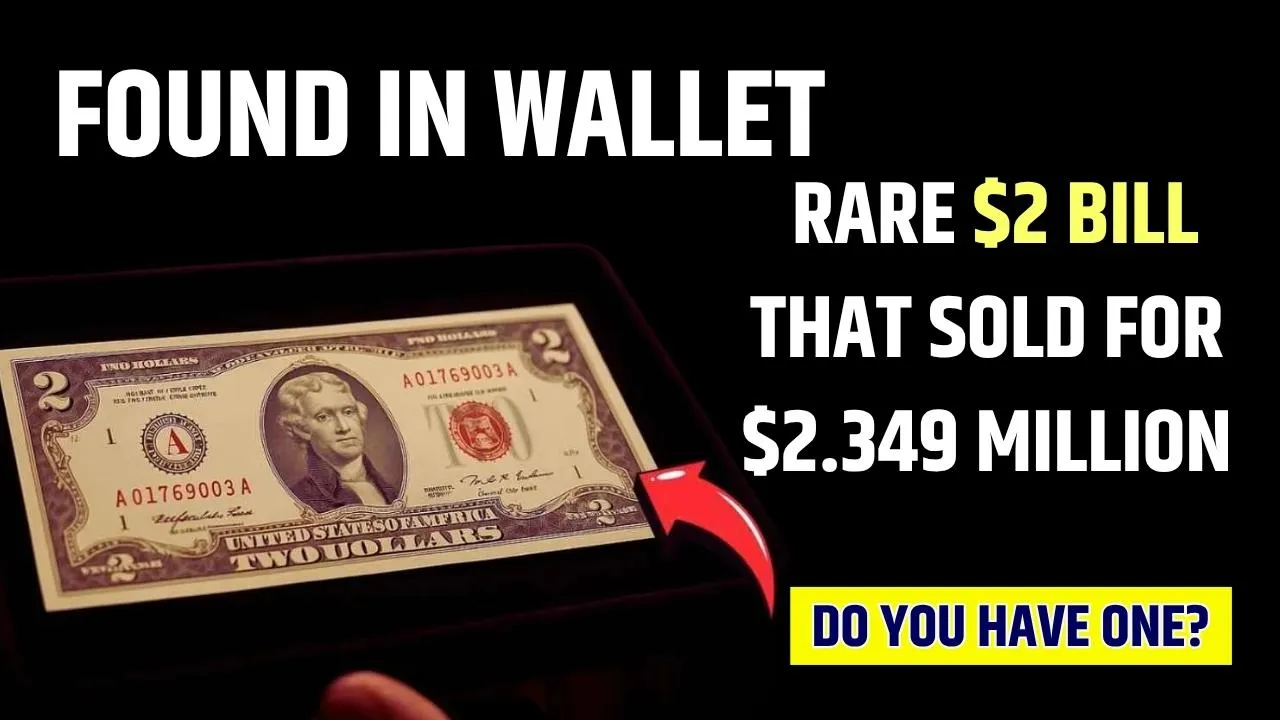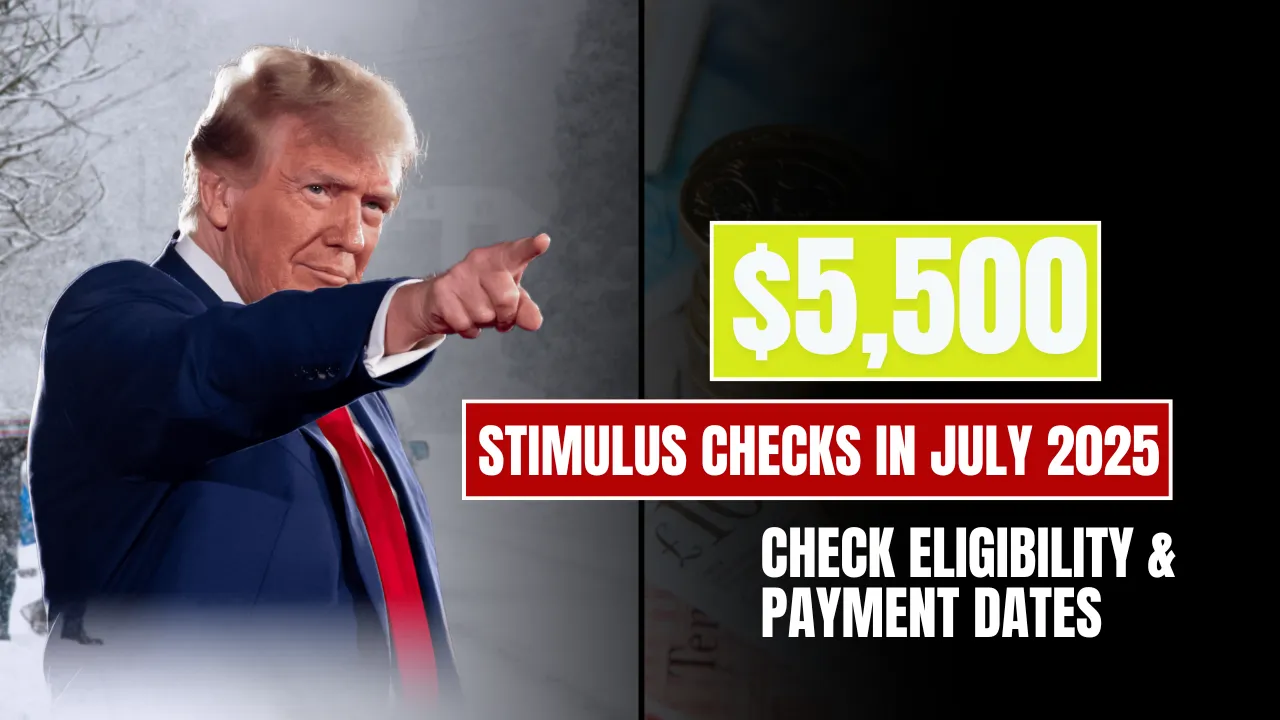Imagine stopping for gas and receiving change that turns out to be worth more than a million dollars. That’s exactly what happened in a small Texas town when a customer received a $2 bill as part of their change, later discovering it was an exceptionally rare 1890 “Grand Watermelon” Treasury Note. This remarkable find didn’t just make headlines—it transformed an everyday errand into a life-changing moment.
Finding a rare $2 bill of this caliber is nothing short of extraordinary. The note’s distinctive design, extreme rarity, impressive preservation, and historic significance all combined to elevate its value to an astonishing $2.349 million. It’s a vivid reminder that even the most common objects—like a humble $2 bill—can occasionally hold incredible hidden worth.
Rare $2 Bill
The rare $2 bill found in Texas has become a shining example of how forgotten pieces of currency can carry immense value. Unlike the average notes in circulation, this bill was part of a highly sought-after 1890 Treasury series, specifically nicknamed the “Grand Watermelon” note due to its distinctive design. What truly sets it apart is the combination of rarity, historical importance, and its unique serial number, all of which contributed to its multimillion-dollar valuation. This discovery is now prompting collectors and the general public alike to reexamine the notes they come across in daily life, especially those often overlooked like the $2 bill.
Overview Table
| Feature | Details |
| Note Type | 1890 “Grand Watermelon” Treasury Note |
| Discovery Location | Rural Texas gas station |
| Appraised Value | Approximately $2.349 million |
| Key Rarity Factors | Limited surviving examples, low serial number, distinctive design |
| Condition | Circulated but well preserved |
| Estimated Remaining Notes | Fewer than 10 known in existence |
A Routine Stop Turns Into a Historic Find
The story began when a customer, after paying for fuel, received a $2 bill—an uncommon sight that immediately piqued curiosity. With its unusual size and design compared to modern bills, the recipient decided to investigate. A quick search online led them to a local numismatist, who recognized it as a rare collectible. It soon became clear: this ordinary gas station transaction had yielded an extraordinary treasure.
Why This $2 Bill Is So Valuable
Several unique qualities contribute to the bill’s remarkable worth:
- Extreme Rarity: The 1890 “Grand Watermelon” series saw very limited production, and only a few have survived.
- Low Serial Number: Collectors prize low serial numbers—they signal early printing and enhance rarity.
- Striking Design: The green zero patterns on the reverse side, giving it the name “Grand Watermelon,” stand out in numismatic history.
- Excellent Preservation: Despite being in circulation, the bill stayed in exceptional condition, free of serious damage or defacement.
- Historical Importance: Large-size Treasury Notes are rare artifacts from an era when the U.S. paper currency standard was different.
- Strong Auction Market: Similar bills have fetched over $2 million, suggesting strong demand and supporting this valuation.
How Experts Arrived at $2.349 Million
Valuing such a unique piece involves a careful comparison of several factors:
- Auction Precedents: Past sales of similar notes—adjusted for market trends—help set a baseline.
- Survival Rate: With fewer than ten known examples, the competition to acquire one is intense.
- Condition Assessment: Evaluators looked for wear, creases, or ink fading. This note scored high marks.
- Collector Demand: The prestige associated with owning one of the few existing “Grand Watermelon” bills drives value.
- Historical Significance: Its place in the lineage of American currency adds to its collectible appeal.
The $2 Bill: Often Overlooked, Occasionally Iconic
Although still legal tender, $2 bills are now rare in everyday circulation, seen more as novelties than functional currency. This discovery has sparked renewed interest in the denomination. Across the country, cash users are now paying closer attention to small bills, rummaging through loose change to see if they’ve stumbled upon something extraordinary.
This tale drives home a simple lesson: never underestimate the items you pass off as ordinary. That $2 bill you thought was worthless might be a hidden gem.
Should You Examine Your Change?
Absolutely. This find is a reminder that valuable collectibles can be hiding in plain sight. Here’s what to look out for:
- Old series dates (pre-1950)
- Low or repeating serial numbers
- Large-sized notes
- Misprints—like off-center printing or ink smears
- Unusual or decorative designs
Often, even moderately rare bills in good condition can fetch hundreds or thousands of dollars. If you find something interesting, take it to an accredited numismatist or auction house for proper evaluation.
Final Thoughts
The discovery of this rare $2 bill is a captivating example of hidden value in everyday life. It’s a reminder that history and wealth can be just a glance away—right there in your pocket or wallet.
With digital transactions dominating many aspects of modern finance, the physicality of paper currency still holds surprises. That routine trip to the gas station turned out to be memorable not for the fuel—but for the fortune it returned.
So next time you receive a $2 bill in your change, take a second look. You might find a treasure worth more than you ever imagined.
FAQs
Q: Are $2 bills still printed and accepted?
Yes—the Treasury produces and distributes them in limited quantities. While uncommon, they remain valid U.S. currency.
Q: What traits make a $2 bill rare?
Look for early dates (like 1890), low or unusual serial numbers, unique designs (such as “Grand Watermelon”), and misprints or large-paper formats.
Q: How should I get a suspicious note appraised?
Contact certified numismatic experts, recognized auction houses, or organizations like the American Numismatic Association for reliable assessment.
Q: What was the most expensive $2 bill sold?
Harbingers of the 1890 “Grand Watermelon” series have fetched over $2 million at auction, and this latest discovery has set a new record at around $2.349 million.
Q: Can I spend a rare $2 bill at face value?
Technically yes, but it would mean missing out on its potentially immense collector value. If you suspect rarity, seek appraisal before spending it.














